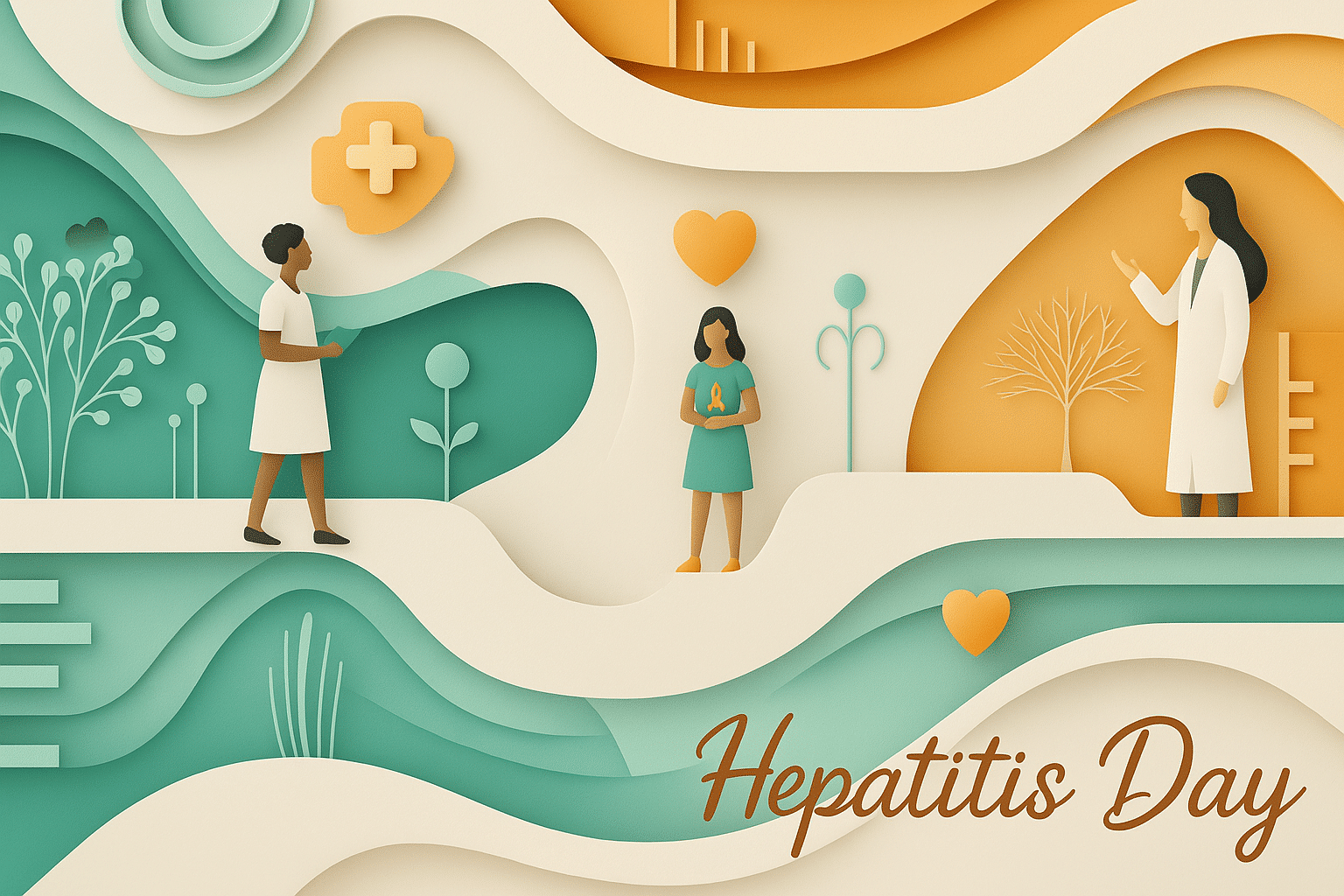What is World Hepatitis Day?
World Hepatitis Day is held every year on July 28 and is recognized globally. This day raises awareness about hepatitis, a group of infectious diseases known to cause severe liver inflammation. It focuses on prevention, testing, treatment, and reducing stigma around the illness. Millions of people around the world live with undiagnosed or untreated hepatitis, making this day essential for education and public health. It is also a time to call for stronger health policies and better access to care.
The day was chosen to honor the birthday of Dr. Baruch Blumberg, the scientist who discovered the hepatitis B virus and developed a vaccine. Health workers, researchers, and organizations use this opportunity to share accurate information and highlight global efforts to eliminate hepatitis as a public threat. It also gives voice to those affected by the disease.
History and Origin
The campaign for greater hepatitis awareness began with public health groups who were concerned about the lack of attention given to liver diseases. In response, the World Health Organization officially recognized July 28 as World Hepatitis Day. The aim was to unite people across countries to take action against the growing impact of the disease. Since its launch, this day has become a vital moment in the global health calendar.
Dr. Blumberg’s work was a turning point in liver disease research. His discovery of the hepatitis B virus changed how scientists understood viral transmission. The vaccine he developed has saved millions of lives.
In recent years, World Hepatitis Day has expanded to cover hepatitis A, B, C, D, and E. Each type of hepatitis affects people differently, but all can damage the liver and require medical attention. Governments now use the day to commit to better testing programs, while civil groups organize screenings and educational events.
Who participates in World Hepatitis Day?
- Public health organizations: They lead awareness campaigns, testing drives, and international outreach.
- Hospitals and clinics: Medical centers offer free or low-cost testing and distribute educational material.
- Patients and advocates: People affected by hepatitis share their stories and push for policy changes.
- Governments and policy makers: Officials use the day to announce funding or updates on national health goals.
- Schools and universities: Educational institutions take part in teaching about liver health and disease prevention.
Slogans and Themes
Each year, World Hepatitis Day adopts a new slogan to draw attention to specific goals or challenges. Past themes have included “Hep Can’t Wait,” “Eliminate Hepatitis,” and “Find the Missing Millions.” These slogans highlight the urgency of testing and treatment, especially for people who may not know they are infected. They also reflect the belief that no one should be left behind in the fight against preventable disease.
Colors, Symbols and Patterns
Colors:
- Yellow: Represents the liver and is widely used in ribbons and campaign materials.
- Blue: Often seen in global health campaigns, symbolizing trust and science.
- White: Used to convey clarity, knowledge, and hope for healing.
Symbols:
- Liver icon: A graphic of the liver is used to focus attention on the specific organ affected by hepatitis.
- Awareness ribbon: A yellow ribbon signifies support and connection to the cause.
- Test tube: Emphasizes the importance of diagnostics and medical research.
Patterns:
- DNA strands: Refer to the viral nature of hepatitis and the science behind detection.
- Circle shapes: Often symbolize community, unity, and the spread of information.
- Radiating lines: Suggest spreading awareness from a central point outward.
Most Used Hashtags
- #WorldHepatitisDay
- #HepCantWait
- #TestTreatHep
- #HepatitisAwareness
- #EliminateHepatitis
How do you celebrate World Hepatitis Day?
- Get tested: Visit a clinic or take part in a local event that offers free hepatitis testing.
- Join a campaign: Support a health organization by volunteering, donating, or promoting their work.
- Wear yellow: Dress in yellow to show solidarity and raise visibility for liver health.
- Educate others: Share reliable information about hepatitis on social media or in your community.
- Host an event: Organize a small gathering, webinar, or school talk to spread awareness and reduce stigma.
Why is World Hepatitis Day important?
World Hepatitis Day is important because it focuses global attention on a major health issue that still receives too little visibility. Hepatitis affects over 300 million people worldwide, and most of them are unaware of their infection. Without timely diagnosis and care, the disease can lead to cirrhosis, liver cancer, and death.
This day also breaks down harmful myths. It helps people understand that hepatitis is not a distant or rare condition. It is treatable, and in many cases preventable. World Hepatitis Day calls on everyone to learn, act, and share.
Features
July 28: Hepatitis Day
Why do you keep falling for the same type?
Read the article Lovemaps: the hidden blueprint of our love.

